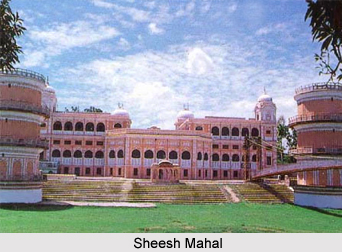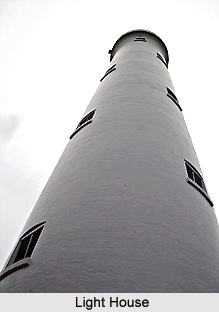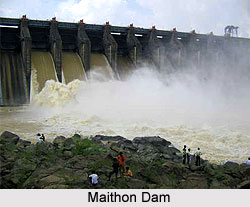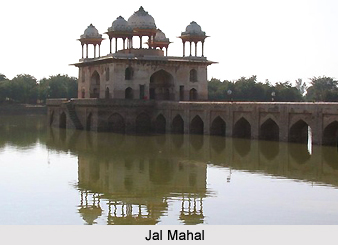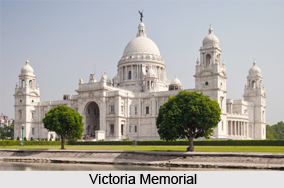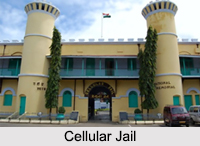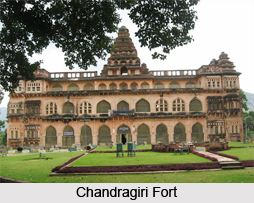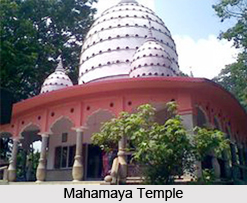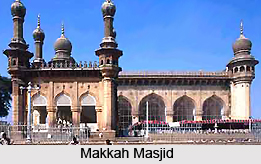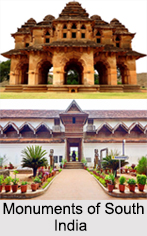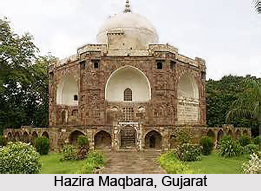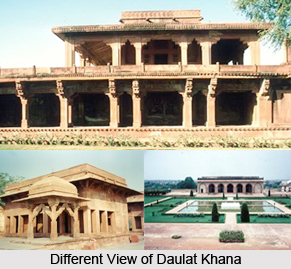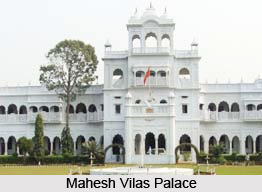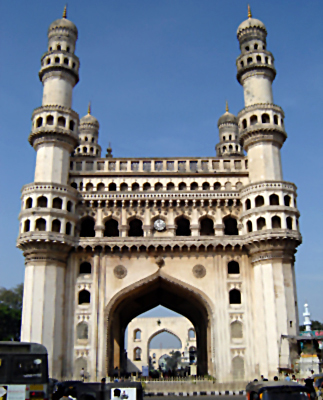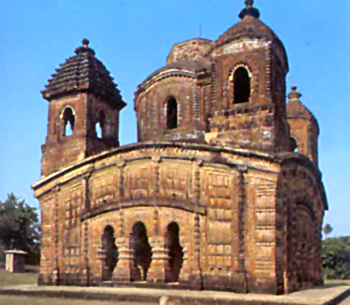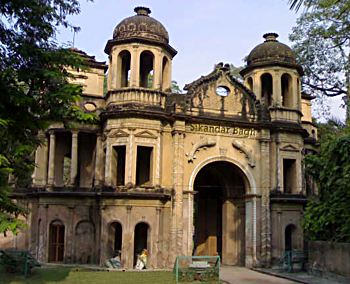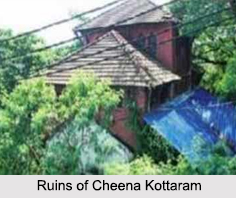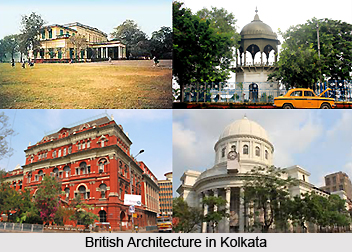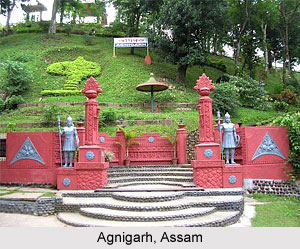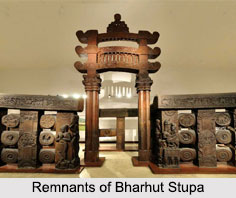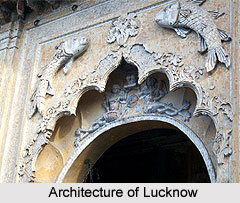 Influences on the architecture of Lucknow are primarily Muslim in nature. Even though it stemmed forth from the architectural tradition of Delhi, the architecture of Lucknow was more than just an adaptation. There were a number of regional and local building techniques which got mixed together and provided the Lucknow architecture with a distinctive character of its own.
Influences on the architecture of Lucknow are primarily Muslim in nature. Even though it stemmed forth from the architectural tradition of Delhi, the architecture of Lucknow was more than just an adaptation. There were a number of regional and local building techniques which got mixed together and provided the Lucknow architecture with a distinctive character of its own.
Several historical and social factors also contributed to the development of Lucknow`s architectural style. The social structure of the city was responsible for the peculiar and distinctive development of art, architecture and culture. After the establishment of the new capital of Awadh, the Mughal nobility was dominated by the Iranis. Their influence extended over the political and social scenario in Delhi and Lucknow alike. The influential nobles in Lucknow were Shias of Iranian origin. Thus, Persian ideologies dominated and the Nawabs freely allowed the use of animal motifs in the ornamentation of their buildings. The domination of the Shiite faith was responsible for the construction of the grand Imambaras and Karbalas, which form the distinctive and most outstanding religious monuments of Lucknow.
The appointment of the British Resident and the increasing presence of Europeans in Lucknow also had a deep impact. In the sphere of architecture, their presence gave rise to a hybrid style. Rather interesting observations have been made by scholars regarding the incorporation of European architectural styles by the Lucknow Nawabs. Even though on the face of it, the tendency towards Mughal architectural styles seemed to indicate a move away from the old and established social order associated with Mughal custom and culture, in reality the picture was quite different. The adoption of these new techniques actually reflected a kind of deep tension felt by the Nawabs, where they were being pulled between the values established by the Mughals and the need to appear modern and worthy of self-governance in the eyes of the Company.
Lucknow was also one of the key centres of the war of 1857. The long siege of the Residency made the British aware that radical changes were needed in the layout of the city, for their position to be safe-guarded. These changes were made with meticulous precision, immediately after the war in 1857, and the face of the city was transformed.
Given these combined influences, certain building types became especially popular in Lucknow. Imambaras and Karbalas, for which Lucknow is famous, are the outstanding religious monuments and reflect the predominance of the Shiite faith. Among the secular buildings are numerous palaces, kothis and baradaris with gardens.
